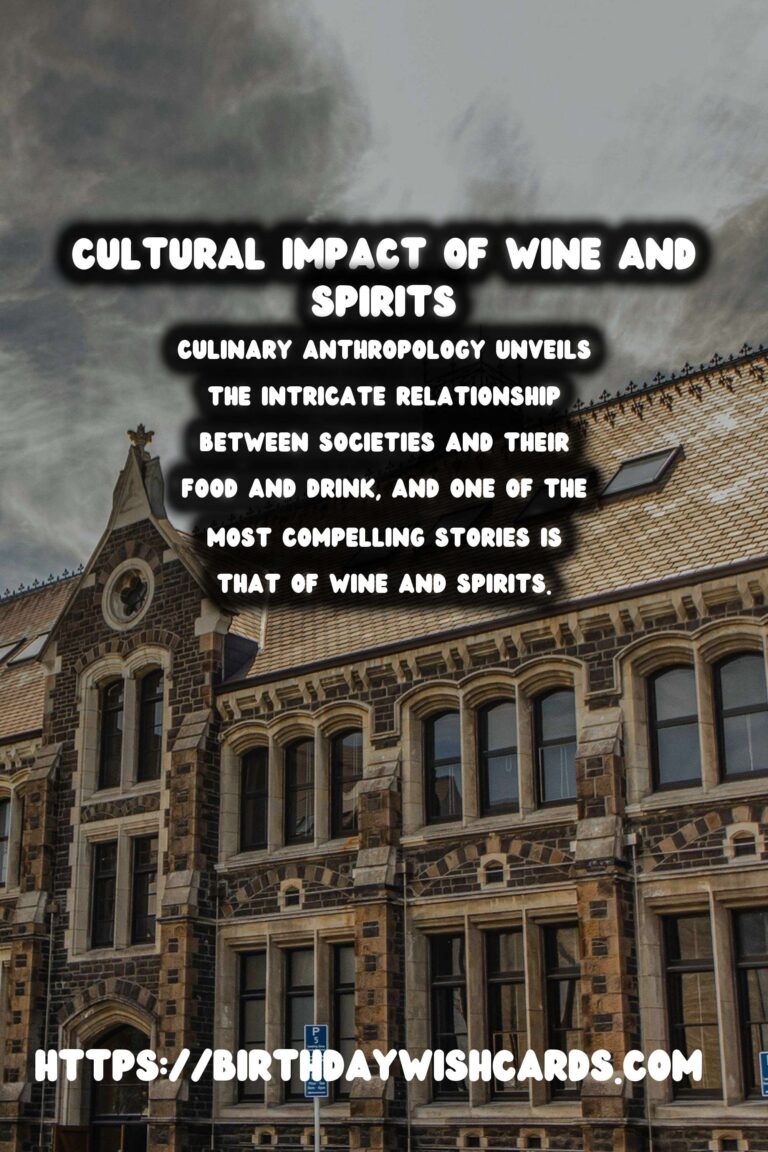
Culinary anthropology unveils the intricate relationship between societies and their food and drink, and one of the most compelling stories is that of wine and spirits. This transformative journey of alcohol has deep roots in human civilization, stemming back thousands of years to regions where grapes and grains were first cultivated. This article delves into the historical significance and evolution of wine and spirits across the ages.
Ancient Beginnings
Alcoholic beverages have been part of human culture since the dawn of agriculture. The earliest archaeological evidence indicates that wine production began in the Neolithic period, around 7000–6600 BCE, in the region that is modern-day Georgia. Wine was made from wild grapes and likely accompanied the developing agrarian societies. Similarly, evidence of early beer production in ancient Mesopotamia, around 4000 BCE, demonstrates that beer was another staple in early civilizations.
The Role of Wine and Spirits in Ancient Societies
Wine and spirits played essential roles in religious practices, medicinal uses, and social functions in various ancient civilizations. The Egyptians, for instance, included wine as part of their religious rituals and ceremonies. Hieroglyphics and ancient tablets illustrate that wine was a luxury enjoyed by the elite and used as offerings to gods. Further east, in China, fermented drinks were used in sacrificial offerings and were believed to communicate with the spirits.
Wine in Classical Antiquity
The Greek and Roman cultures profoundly influenced the wine industry. In Greece, wine became democratized, enjoyed by many in symposiums where philosophical and political ideas were exchanged. The Romans embraced and expanded viticulture throughout their empire, introducing winemaking techniques that improved quality and storage. As the Roman Empire spread, so did their winemaking practices, laying the groundwork for the European wine regions of today.
Middle Ages and the Birth of Distillation
During the Middle Ages, monasteries became centers of winemaking expertise in Europe. Monks refined winemaking techniques and maintained vineyards throughout this period. Meanwhile, the art of distillation was rising. Alchemists spread the knowledge of distillation, initially aimed towards medicinal purposes. By the 12th century, spirits known as aqua vitae (water of life) began being consumed, providing the basis for modern spirit production.
The Age of Exploration and Beyond
The Age of Exploration was pivotal for the spread of wine and spirits beyond Europe. Navigators and settlers took vines and distillation processes to the New World. The exchange of crops and techniques across continents expanded the variety and availability of alcoholic beverages. Tequila and rum emerged from this fusion, becoming cultural symbols in Mexico and the Caribbean respectively.
Modern Innovations and Trends
The 19th and 20th centuries introduced technological advancements in wine and spirit production, including temperature control in fermentation and aging processes. These innovations, coupled with globalization, have increased production efficiency and variety, making wine and spirits accessible worldwide. Today, there is a growing interest in craft alcohol production, emphasizing unique, locally sourced ingredients and sustainable practices.
The Cultural Impact of Wine and Spirits
While the production methods and availability of wine and spirits have evolved, their cultural significance remains profound. From celebrating milestones to rituals in different cultures, the consumption of these beverages is woven into the fabric of human life. They represent more than sustenance; they are a reflection of heritage, artistry, and social bonds.
In conclusion, the historical journey of wine and spirits showcases a rich tapestry of innovation, tradition, and cultural significance that continues to evolve and impact societies around the globe.
Culinary anthropology unveils the intricate relationship between societies and their food and drink, and one of the most compelling stories is that of wine and spirits. From celebrating milestones to rituals in different cultures, the consumption of these beverages is woven into the fabric of human life. 

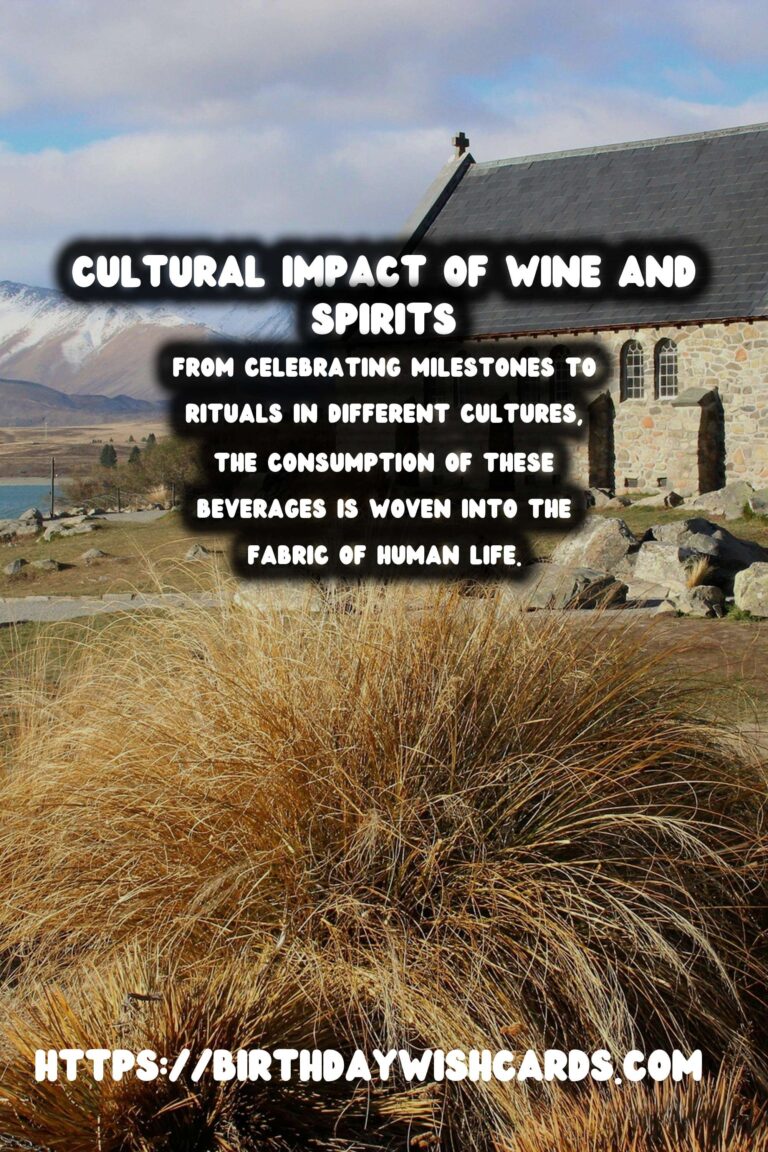

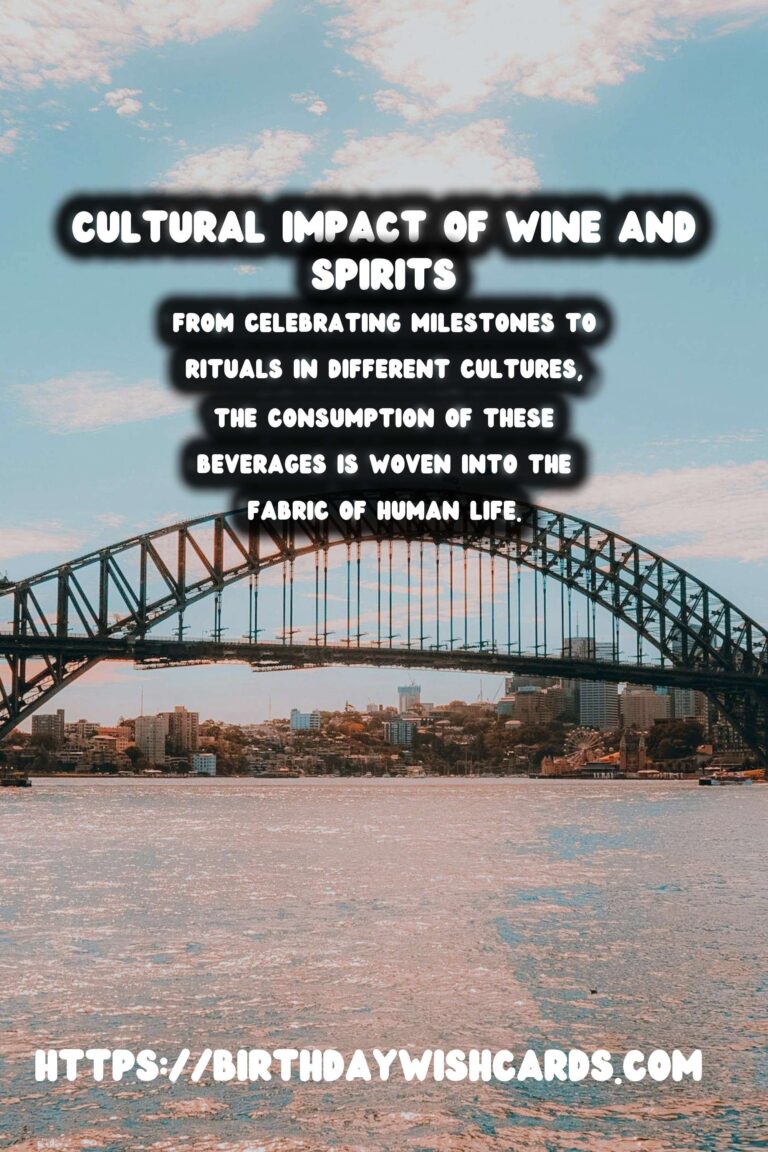
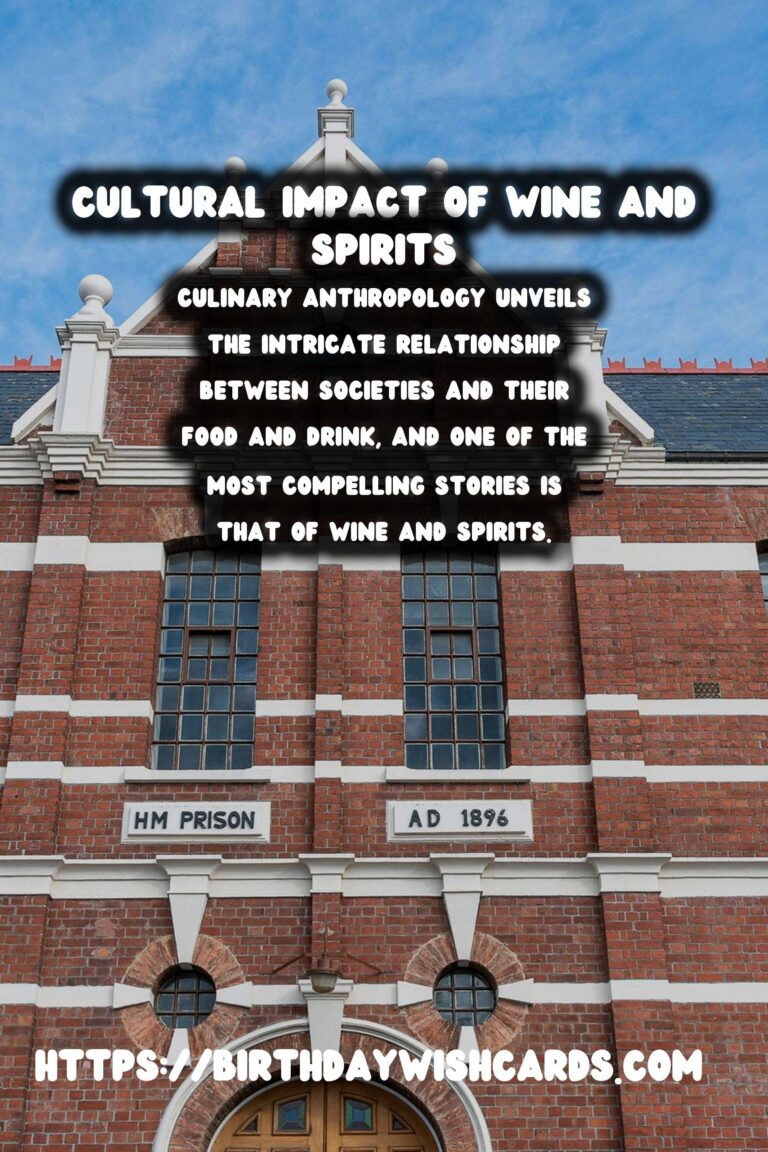
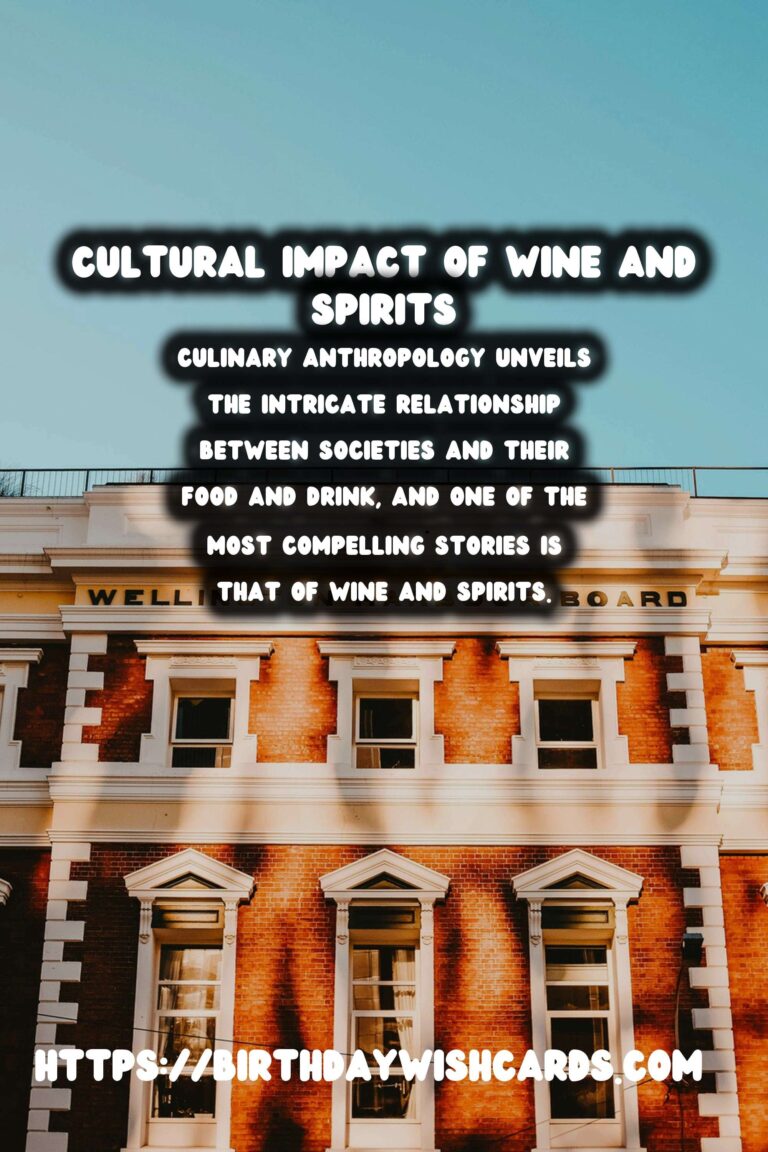
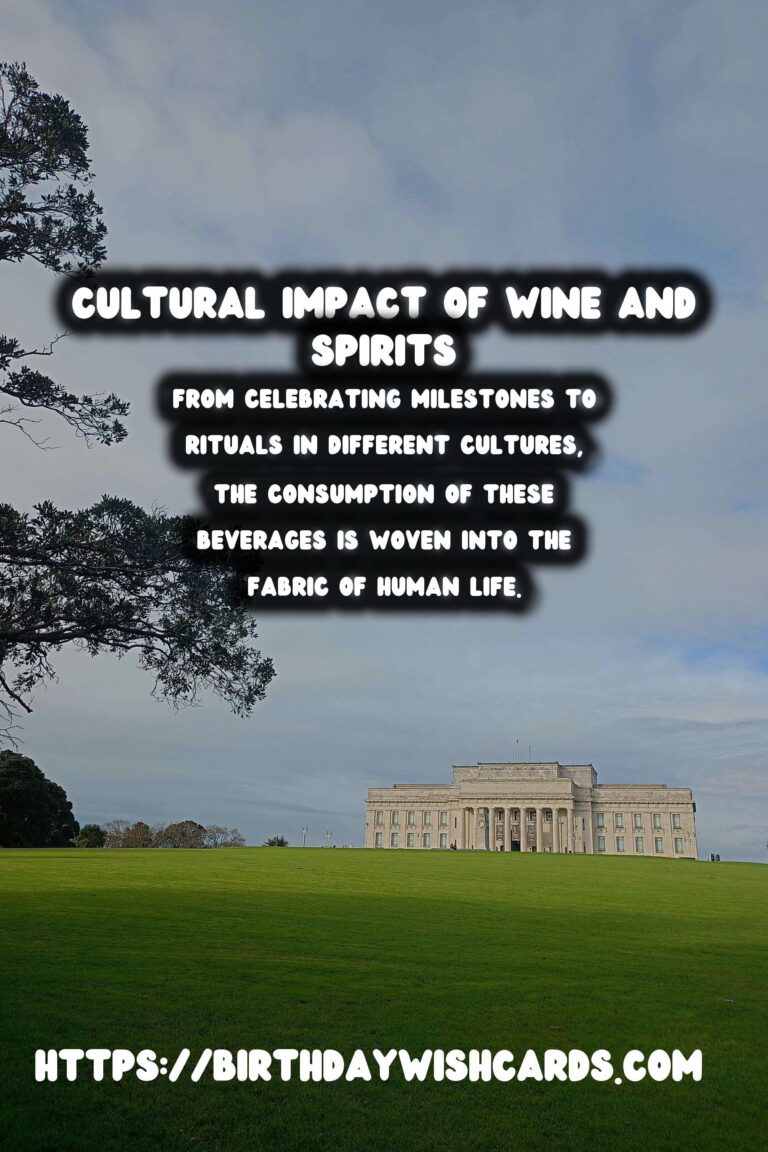
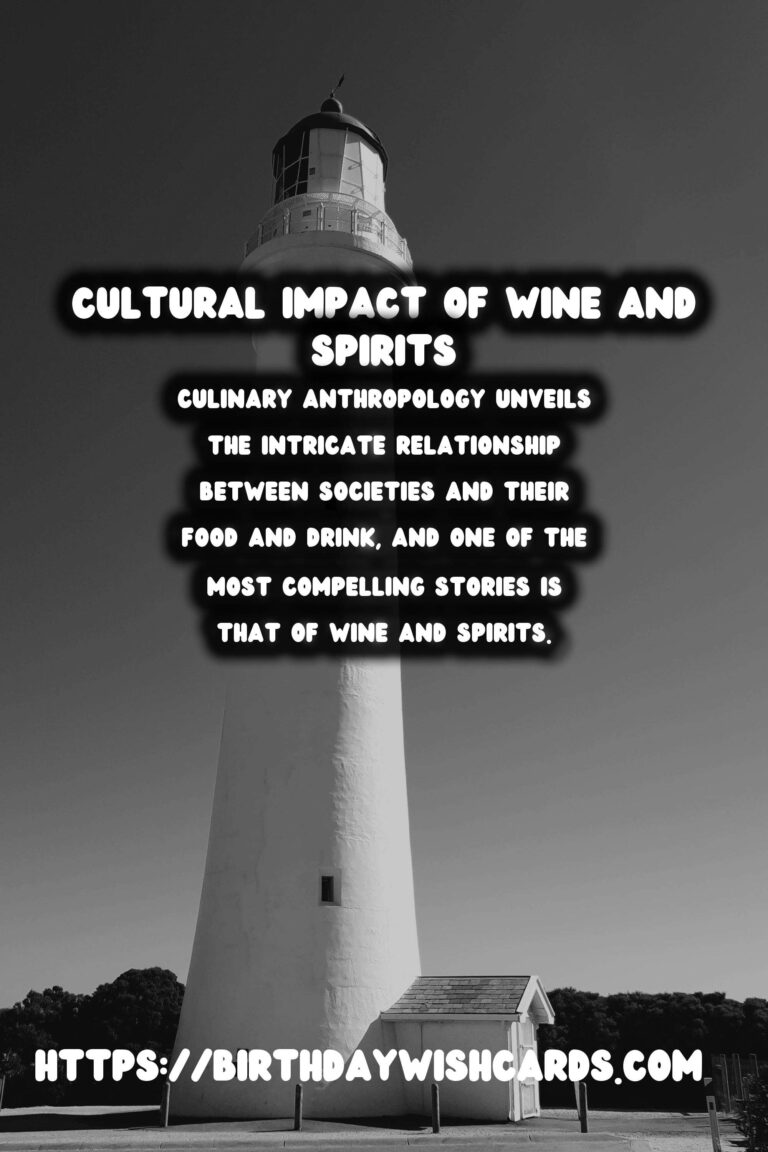
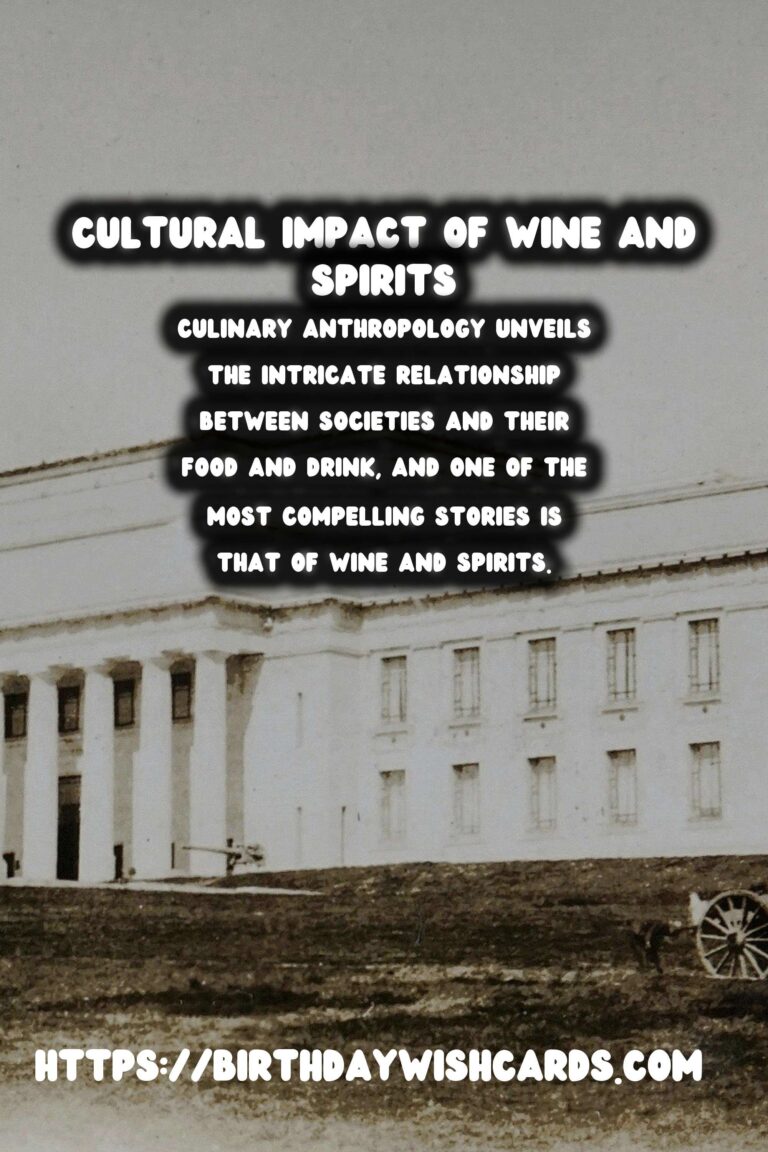
#CulinaryAnthropology #HistoryOfAlcohol




